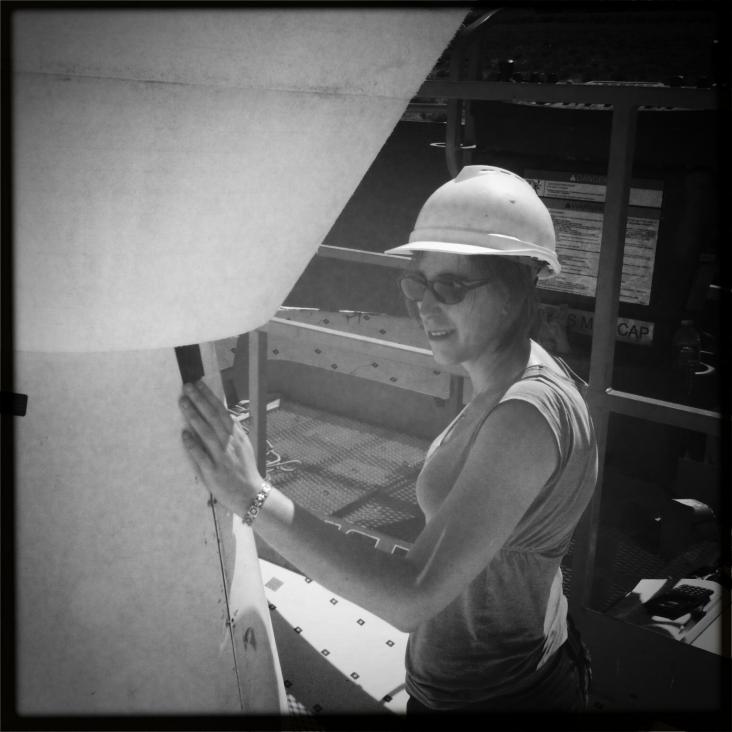The large scale polarization explorer (LSPE) for CMB measurements: performance forecast
Journal of Cosmology and Astroparticle Physics IOP Publishing 2021:08 (2021) 008
MID-Radio Telescope, single pixel feed packages for the square kilometre array: an overview
IEEE Journal of Microwaves Institute of Electrical and Electronics Engineers 1:1 (2021) 428-437
Abstract:
The Square Kilometre Array (SKA) project is an international effort to build the world’s largest radio telescope, enabling science with unprecedented detail and survey speed. The project spans over a decade and is now at a mature stage, ready to enter the construction and integration phase. In the fully deployed state, the MID-Telescope consists of a 150-km diameter array of offset Gregorian antennas installed in the radio quiet zone of the Karoo desert (South Africa). Each antenna is equipped with three feed packages, that are precision positioned in the sub-reflector focus by a feed indexer platform. The total observational bandwidth (0.35-15.4GHz) is segmented into seven bands. Band 1 (0.35 – 1.05 GHz) and Band 2 (0.95 – 1.76 GHz) are implemented as individual feed packages. The remaining five bands (Bands 3, 4, 5a, 5b, and 6) are combined in a single feed package. Initially only Band 5a (4.6 – 8.5 GHz) and Band 5b (8.3 – 15.4 GHz) will be installed. This paper provides an overview of recent progress on design, test and integration of each feed package as well as project and science goals, timeline and path to construction.MID-Radio Telescope, Single Pixel Feed Packages for the Square Kilometre Array: An Overview
IEEE Journal of Microwaves Institute of Electrical and Electronics Engineers (2021)
Abstract:
The Square Kilometre Array (SKA) project is an international effort to build the world s largest radio telescope, enabling science with unprecedented detail and survey speed. The project spans over a decade and is now at a mature stage, ready to enter the construction and integration phase. In the fully deployed state, the MID-Telescope consists of a 150-km diameter array of offset Gregorian antennas installed in the radio quiet zone of the Karoo desert (South Africa). Each antenna is equipped with three feed packages, that are precision positioned in the sub-reflector focus by a feed indexer platform. The total observational bandwidth (0.35-15.4GHz) is segmented into seven bands. Band 1 (0.35-1.05GHz) and Band 2 (0.95-1.76GHz) are implemented as individual feed packages. The remaining five bands (Bands 3, 4, 5a, 5b, and 6) are combined in a single feed package. Initially only Band 5a (4.6-8.5GHz) and Band 5b (8.3-15.4GHz) will be installed. This paper provides an overview of recent progress on design, test and integration of each feed package as well as project and science goals, timeline and path to construction.Resolved observations at 31 GHz of spinning dust emissivity variations in rho Oph
MONTHLY NOTICES OF THE ROYAL ASTRONOMICAL SOCIETY 495:3 (2020) 3482-3493


